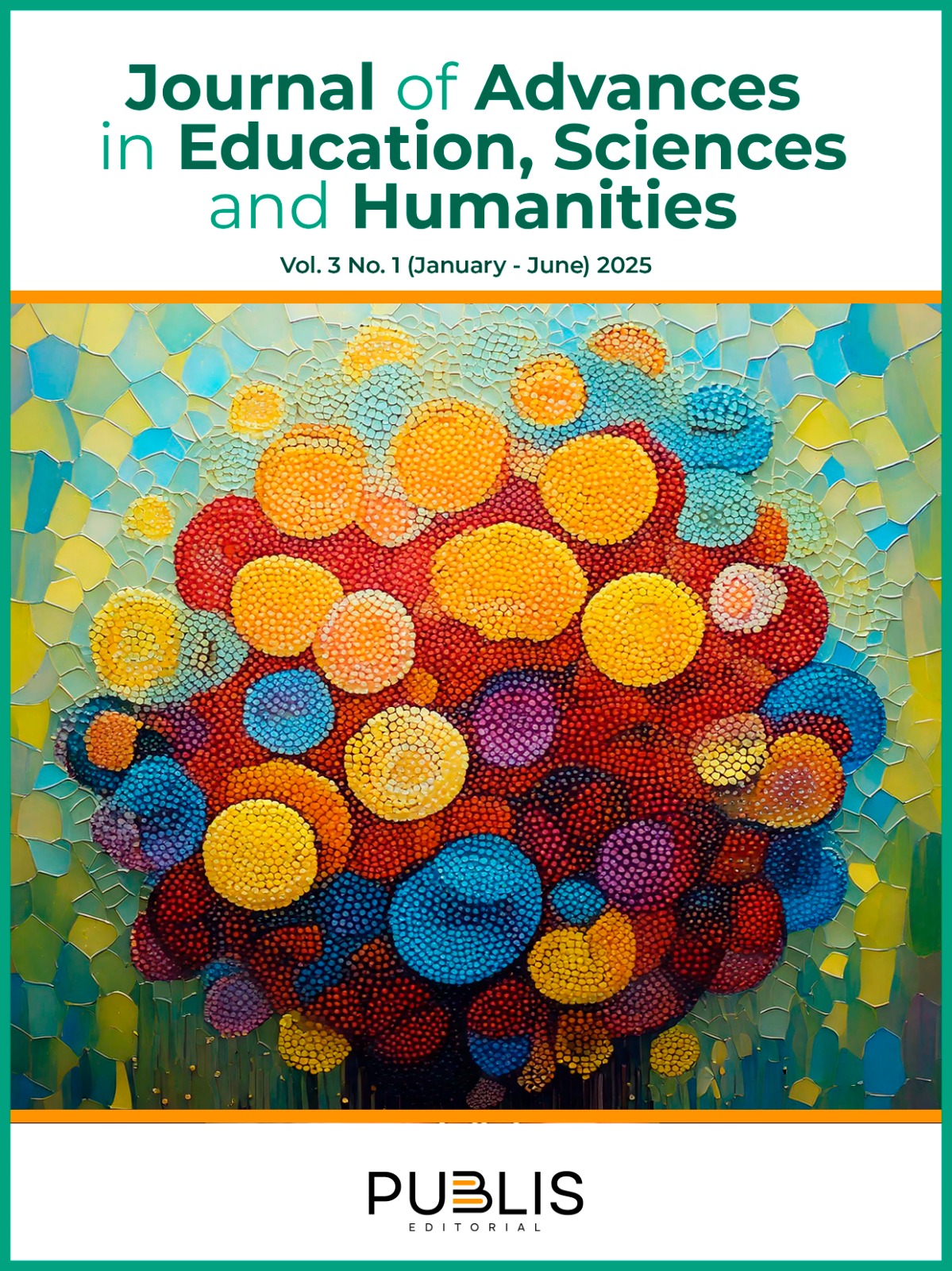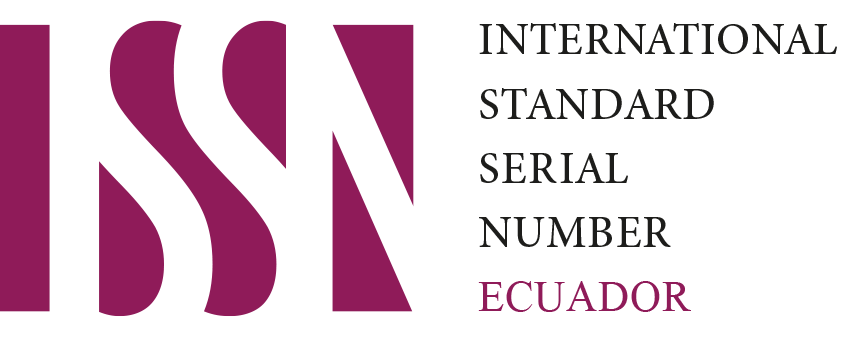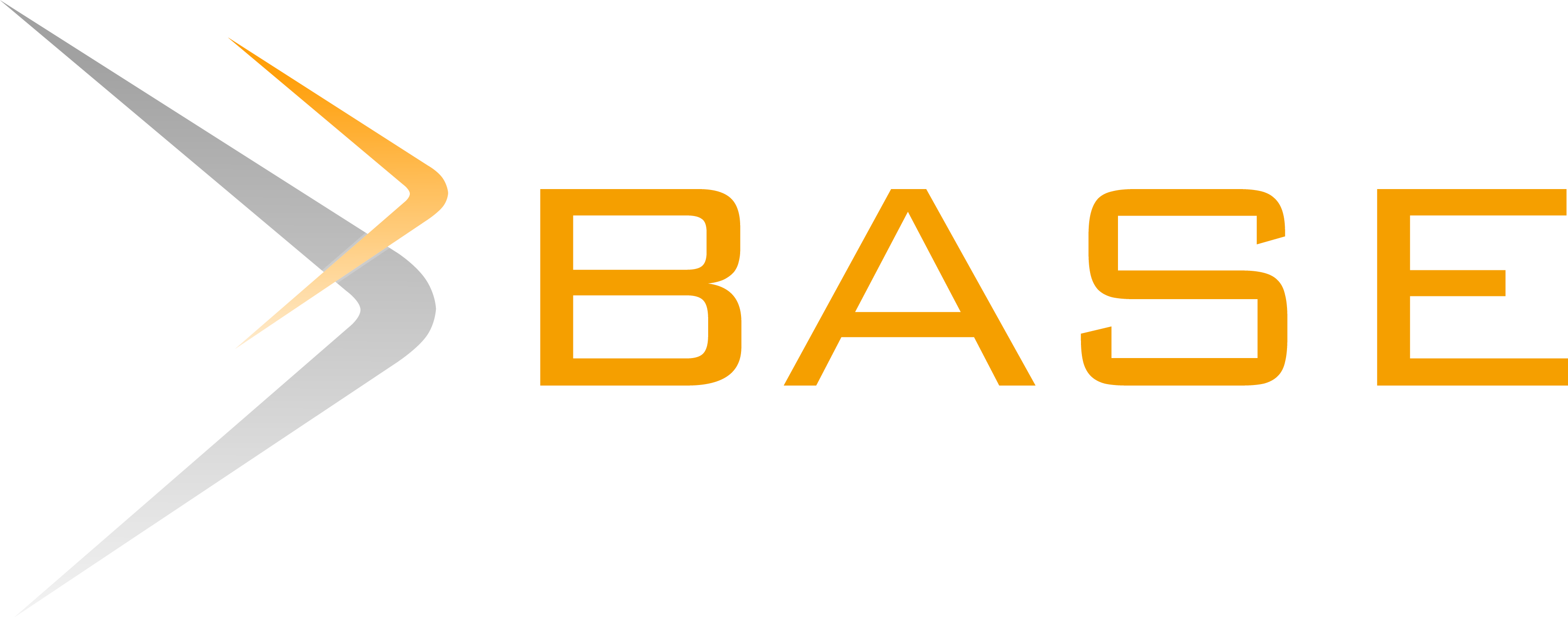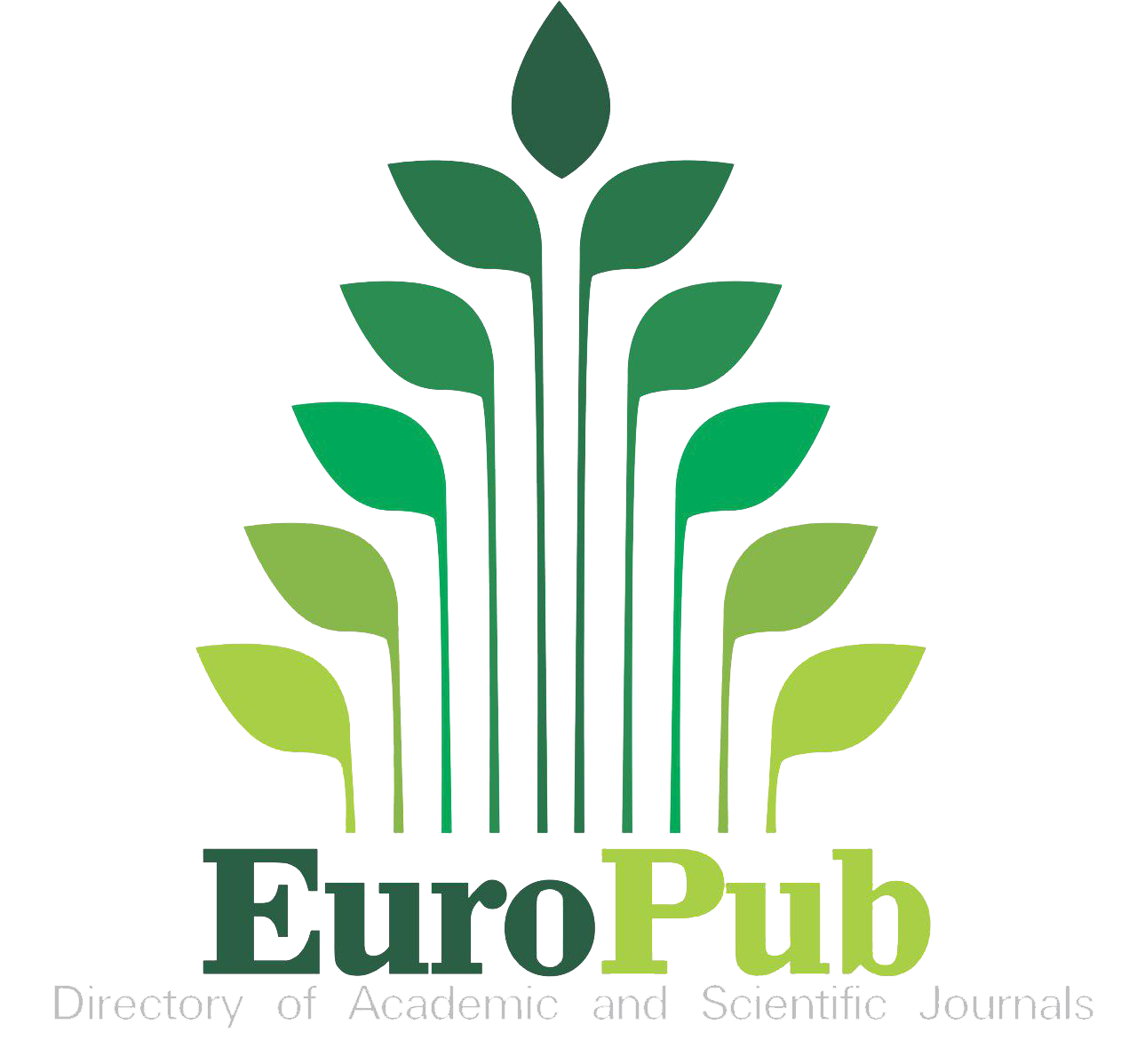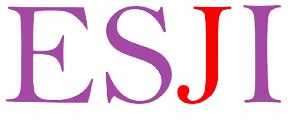Nanoplastics in the environment: sources, impacts, and challenges
DOI:
https://doi.org/10.5281/zenodo.14816616Keywords:
nanoplastics, environmental pollution, ecotoxicology, analytical detection, bioaccumulation, health impactAbstract
Nanoplastics, defined as plastic particles with dimensions less than 1 μm, represent a growing environmental concern due to their ubiquity and potential adverse effects on ecosystems and human health. This review article analyses the primary sources of nanoplastics, their distribution in different environmental compartments (water, soil, and air), and their mechanisms of toxicity in aquatic and terrestrial organisms. Current methodologies for their detection and characterization are also examined, including spectroscopic, chromatographic, and electron microscopy techniques, highlighting their advantages and limitations. Despite progress in understanding the presence and impact of nanoplastics, significant research gaps remain, particularly about their bioaccumulation, interactions with emerging contaminants, and long-term effects on human health. Potential strategies to mitigate their impact are also identified, such as improved plastic waste management, developing biodegradable materials, and implementing stricter regulatory policies. Developing new detection methods and adopting sustainable strategies are essential to reduce the burden of nanoplastics in ecosystems and minimize their risks to public health.
Downloads
References
Allen, S., Allen, D., Karbalaei, S., Maselli, V., & Walker, T. R. (2022). Micro(nano)plastics sources, fate, and effects: What we know after ten years of research. Journal of Hazardous Materials Advances, 6, 100057. https://doi.org/10.1016/j.hazadv.2022.100057
Amobonye, A., Bhagwat, P., Raveendran, S., Singh, S., & Pillai, S. (2021). Environmental Impacts of Microplastics and Nanoplastics: A Current Overview. Frontiers in Microbiology, 12, 768297. http://www.doi.org/10.3389/fmicb.2021.768297
Berkel, C., & Özbek, O. (2024). Methods used in the identification and quantification of micro(nano)plastics from water environments. South African Journal of Chemical Engineering, 50, 388-403. https://doi.org/10.1016/j.sajce.2024.09.010
Bodor, A., Feigl, G., Kolossa, B., Mészáros, E., Laczi, K., Kovács, E., Perei, K., Rákhely, G. (2024). Suelos en peligro: impactos y riesgos ecológicos de la contaminación por (micro)plásticos en el medio terrestre. Ecotoxicología y seguridad ambiental, 269, 115807. https://doi.org/10.1016/j.ecoenv.2023.115807
Brewer, A., Dror, I., & Berkowitz, B. (2021). The Mobility of Plastic Nanoparticles in Aqueous and Soil Environments: A Critical Review. ACS EST Water, 1(1), 48-57. https://doi.org/10.1021/acsestwater.0c00130
Castañeta, G., Gutiérrez, A. F., Nacaratte, F., & Manzano, C. A. (2020). Microplásticos: un contaminante que crece en todas las esferas ambientales, sus características y posibles riesgos para la salud pública por exposición. Revista Boliviana de Química, 37(3), 160-175. https://www.redalyc.org/journal/4263/426365043004/html/
Catarino, A. I., Macchia, V., Sanderson, W. G., Thompson, R. C., & Henry, T. B. (2018). Low levels of microplastics (MP) in wild mussels indicate that MP ingestion by humans is minimal compared to exposure via household fibres fallout during a meal. Environmental Pollution, 237, 675-684. https://doi.org/10.1016/j.envpol.2018.02.069
De Witte, B., Devriese, L., Bekaert, K., Hoffman, S., Vandermeersch, G., Cooreman, K., & Robbens, J. (2014). Quality assessment of the blue mussel (Mytilus edulis): Comparison between commercial and wild types. Marine Pollution Bulletin, 85(1), 146-155. https://doi.org/10.1016/j.marpolbul.2014.06.006
Geremia, E., Muscari Tomajoli, M. T., Murano, C., Petito, A., & Fasciolo, G. (2023). The Impact of Micro- and Nanoplastics on Aquatic Organisms: Mechanisms of Oxidative Stress and Implications for Human Health— A Review. Environments, 10(9), 161. https://doi.org/10.3390/environments10090161
Gigault, J., Halle, A. T., Baudrimont, M., Pascal, P. Y., Gauffre, F., Phi, T. L., El Hadri, H., Grassl, B., & Reynaud, S. (2018). Current opinion: What is a nanoplastic? Environmental Pollution, 35, 1030-1034. http://www.doi.org/10.1016/j.envpol.2018.01.024
Gündoğdu, S. (2018). Contamination of table salts from Turkey with microplastics. Food Additives & Contaminants: Part A, 35(5), 1006-1014. https://doi.org/10.1080/19440049.2018.1447694
Habumugisha, T., Zhang, Z., Uwizewe, C., Yan, C., Ndayishimiye, J.C., Rehman, A., & Zhang, X. (2024). Toxicological review of micro- and nano-plastics in aquatic environments: Risks to ecosystems, food web dynamics and human health. Ecotoxicology and Environmental Safety, 278, 116426. https://doi.org/10.3390/10.1016/j.ecoenv.2024.116426
Haldar, S., Yhome, N., Muralidaran, Y., Rajagopal, S., & Mishra, P. (2023). Nanoplastics Toxicity Specific to Liver in Inducing Metabolic Dysfunction-A Comprehensive Review. Genes (Basel), 14(3), 590. https://doi.org/10.3390/genes14030590
Iñiguez, M. E., Conesa, J. A., & Fullana, A. (2017). Microplastics in Spanish table salt. Scientific Reports, 7, 8620. https://doi.org/10.1038/s41598-017-09128-x
Jayavel, S., Govindaraju, B., Michael, J. R., & Viswanathan, B. (2024). Impacts of micro and nanoplastics on human health. Bulletin of the National Research Centre, 48, 110 (2024). https://doi.org/10.1186/s42269-024-01268-1
Kadac-Czapska, K., Ośko, J., Knez, E., & Grembecka, M. (2024). Microplastics and Oxidative Stress-Current Problems and Prospects. Antioxidants (Basel), 13(5), 579. https://doi.org/10.3390/antiox13050579
Karami, A., Golieskardi, A., Choo, C. K., Larat, V., Galloway, T. S., & Salamatinia, B. (2017). The presence of microplastics in commercial salts from different countries. Scientific Reports, 7, 46173. https://doi.org/10.1038/srep46173
Karami, A., Golieskardi, A., Ho, Y. B., Larat, V., & Salamatinia, B. (2018). Microplastics in eviscerated flesh and excised organs of dried fish. Scientific Reports, 8, 7263. https://doi.org/10.1038/s41598-018-25519-7
Karbalaei, S., Golieskardi, A., Hamzah, H. B., Abdulwahid, S., Hanachi, P., & Walker, T. R. (2019). Abundance and characteristics of microplastics in commercial marine fish from Malaysia. Marine Pollution Bulletin, 148, 5-15. https://doi.org/10.1016/j.marpolbul.2019.07.061
Karbalaei, S., Hanachi, P., Walker, T. R., & Cole M. (2018). Occurrence, sources, human health impacts and mitigation of microplastic pollution. Environmental Science and Pollution Research, 25, 36046-36063. https://doi.org/10.1007/s11356-018-3508-7
Kassem, A., Abbas, L., Coutinho, O., Opara, S., Najaf, H., Kasperek, D., Pokhrel, K., Li, X., & Tiquia-Arashiro, S. (2023). Applications of Fourier Transform-Infrared spectroscopy in microbial cell biology and environmental microbiology: advances, challenges, and future perspectives. Frontiers in Microbiology, 14, 1304081. https://doi.org/10.3389/fmicb.2023.1304081
Kosuth, M., Mason, S. A., & Wattenberg, E. V. (2018). Anthropogenic contamination of tap water, beer, and sea salt. PLoS ONE, 13(4), e0194970. https://doi.org/10.1371/journal.pone.0194970
Kumar, R., Verma, A., Shome, A., Sinha, R., Sinha, S., Jha, P. K., Kumar, R., Kumar, P., Shubham, Das, S., Sharma, P., & Vara Prasad, P. V. (2021). Impacts of Plastic Pollution on Ecosystem Services, Sustainable Development Goals, and Need to Focus on Circular Economy and Policy Interventions. Sustainability, 13(17), 9963. https://doi.org/10.3390/su13179963
Li, Y., Shi, T., Li, X., Sun, H., Xia, X., Ji, X., Zhang, J., Liu, M., Lin, Y., Zhang, R., Zheng, Y., & Tang, J. (2022). Inhaled tire-wear microplastic particles induced pulmonary fibrotic injury via epithelial cytoskeleton rearrangement. Environment International, 164, 107257. https://doi.org/10.1016/j.envint.2022.107257
Liebezeit, G., & Dubaish, F. (2012). Microplastics in beaches of the East Frisian islands Spiekeroog and Kachelotplate. Bulletin of Environmental Contamination and Toxicology, 89(1), 213-217. https://doi.org/10.1007/s00128-012-0642-7
Liebezeit, G., & Liebezeit, E. (2013). Non-pollen particulates in honey and sugar. Food Additives & Contaminants: Part A, 30(12), 2136-2140. https://doi.org/10.1080/19440049.2013.843025
Liebezeit, G., & Liebezeit, E. (2014). Synthetic particles as contaminants in German beers. Food Additives & Contaminants: Part A, 31(9), 1574-1578. https://doi.org/10.1080/19440049.2014.945099
Liebezeit, G., & Liebezeit, E. (2015). Contamination of honey with microplastics. Environmental Pollution, 209, 1-5. https://doi.org/10.1016/j.envpol.2015.10.011
Lu, Y. Y., Lu, L., Ren, H. Y., Hua, W., Zheng, N., Huang, F. Y., Wang, J., Tian, M., & Huang, Q. (2024). The size- dependence and reversibility of polystyrene nanoplastics- induced lipid accumulation in mice: Possible roles of lysosomes. Environment International, 185, 108532. https://doi.org/10.1016/j.envint.2024.108532
Mariano, S., Tacconi, S., Fidaleo, M., Rossi, M., & Dini, L. (2021). Micro and Nanoplastics Identification: Classic Methods and Innovative Detection Techniques. Frontiers in Toxicology, 3, 636640. https://doi.org/10.3389/ftox.2021.636640
Mason, S. A., Welch, V. G., & Neratko, J. (2018). Synthetic polymer contamination in bottled water. Frontiers in Chemistry, 6, 407. https://doi.org/10.3389/fchem.2018.00407
Masson, D., Pédrot, M., Davranche, M., Cabello-Hurtado, F., & Ryzhenko, N. (2023). Are nanoplastics potentially toxic for plants and rhizobiota? Current knowledge and recommendations. NanoImpact, 31, 100473. https://doi.org/10.1016/j.impact.2023.100473
Mattsson, K., Johnson, E. V., Malmendal, A., Linse, S., Hansson, L-A, & Cedervall, T. (2017). Brain damage and behavioural disorders in fish induced by plastic nanoparticles delivered through the food chain. Scientific Reports, 7, 11452. https://doi.org/10.1038/s41598-017-10813-0
Nava, V., Frezzotti, M.L., & Leoni, B. (2021). Raman Spectroscopy for the Analysis of Microplastics in Aquatic Systems. Applied Spectroscopy, 75(11), 1341-1357. https://doi.org/10.1177/00037028211043119
Niu, S., Liu, R., Zhao, Q., Gagan, S., Dodero, A., Ying, Q., Ma, X., Cheng, Z., China, S., Canagaratna, M., & Zhang, Y. (2024). Quantifying the Chemical Composition and Real-Time Mass Loading of Nanoplastic Particles in the Atmosphere Using Aerosol Mass Spectrometry. Environmental Science & Technology, 58(7), 3363-3374. https://doi.org/10.1021/acs.est.3c10286
Peixoto, D., Pinheiro, C., Amorim, J., Oliva-Teles, L., & Santos, S. A. (2019). Microplastic pollution in commercial salt for human consumption: A review. Estuarine, Coastal and Shelf Science, 219, 161-168. https://doi.org/10.1016/j.ecss.2019.01.018
Rashed, A. H., Yesilay, G., Hazeem, L., Rashdan, S., AlMealla, R., Kilinc, Z., Ali, F., Abdulrasool, F., & Kamel, A. H. (2023). Micro- and Nano-Plastics Contaminants in the Environment: Sources, Fate, Toxicity, Detection, Remediation, and Sustainable Perspectives. Water, 15(20), 3535. https://doi.org/10.3390/w15203535
Rochman, C. M., Tahir, A., Williams, S. L., Baxa, D. V., Lam, R., Miller, J. T., Teh, F. C., Werorilangi, S., & The, S. J. (2015). Anthropogenic debris in seafood: Plastic debris and fibers from textiles in fish and bivalves sold for human consumption. Scientific Reports, 5, 14340. https://doi.org/10.1038/srep14340
Russo, M., Oliva, M., Hussain, M. I., & Muscolo, A. (2023). The hidden impacts of micro/nanoplastics on soil, crop and human health. Journal of Agriculture and Food Research, 14, 00870. https://doi.org/10.1016/j.jafr.2023.100870
Schirinzi, G. F., Pérez-Pomeda, I., Sanchís, J., Rossini, C., Farré, M., & Barceló, D. (2017). Cytotoxic effects of commonly used nanomaterials and microplastics on cerebral and epithelial human cells. Environmental Research, 159, 579-587. https://doi.org/10.1016/j.envres.2017.08.043
Schwabl, P., Köppel, S., Königshofer, P., Bucsics, T., Trauner, M., Reiberger, T., & Liebmann, B. (2019). Detection of various microplastics in human stool: A prospective case series. Annals of Internal Medicine, 171(7), 453-457. https://doi.org/10.7326/M19-0618
Stock, V., Böhmert, L., Lisicki, E., Block, R., Cara-Carmona, J., Pack, L. K., Selb, R., Lichtenstein, D., Voss, L., Henderson, C. J., Zabinsky, E., Sieg, H., Braeuning, A., & Lampen, A. (2019). Uptake and effects of orally ingested polystyrene microplastic particles in vitro and in vivo. Archives of Toxicology, 93(7), 1817-1833. https://doi.org/10.1007/s00204-019-02478-7
Trevisan, R., Ranasinghe, P., Jayasundara, N., & Di Giulio, R. T. (2022). Nanoplastics in Aquatic Environments: Impacts on Aquatic Species and Interactions with Environmental Factors and Pollutants. Toxics, 10(6), https://doi.org/10.3390/toxics10060326
Van Cauwenberghe, L., & Janssen, C. R. (2014). Microplastics in bivalves cultured for human consumption. Environmental Pollution, 193, 65-70. https://doi.org/10.1016/j.envpol.2014.06.010
Van Cauwenberghe, L., Devriese, L., Galgani, F., Robbens, J., & Janssen, C. R. (2015). Microplastics in sediments: A review of techniques, occurrence and effects. Environmental Pollution, 199, 10-19. https://doi.org/10.1016/j.envpol.2015.01.031
Xuan, L., Ju, Z., Skonieczna, M., Zhou, P. K., & Huang, R. (2023). Nanoparticles-induced potential toxicity on human health: Applications, toxicity mechanisms, and evaluation models. MedComm, 4(4), e327. https://doi.org/10.1002/mco2.327
Yang, D., Shi, H., Li, L., Li, J., Jabeen, K., & Kolandhasamy, P. (2015). Microplastic pollution in table salts from China. Environmental Science & Technology, 49(22), 13622-13627. https://doi.org/10.1021/acs.est.5b03163
Yee, M. S., Hii, L. W., Looi, C. K., Lim, W. M., Wong, S. F., Kok, Y. Y., Tan, B. K., Wong, C. Y., & Leong, C. O. (2021). Impact of Microplastics and Nanoplastics on Human Health. Nanomaterials (Basel), 11(2), 496. https://doi.org/10.3390/nano11020496
Ziani, K., Ioniță-Mîndrican, C. B., Mititelu, M., Neacșu, S. M., Negrei, C., Moroșan, E., Drăgănescu, D., & Preda, O. T. (2023). Microplastics: A Real Global Threat for Environment and Food Safety: A State of the Art Review. Nutrients, 15(3), 617. https://doi.org/10.3390/nu15030617
Published
Data Availability Statement
Not applicable.
Issue
Section
License
Copyright (c) 2025 Daliannis Rodríguez (Author)

This work is licensed under a Creative Commons Attribution-NonCommercial-ShareAlike 4.0 International License.

